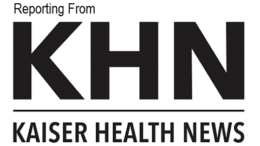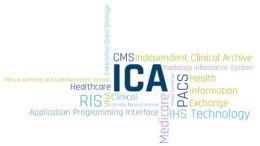Phase 2 HIPAA Audits – The OCR Emails Have Begun
By Jonathan Krasner – Back in March, we reported that OCR had announced its Phase 2 Audit Program. OCR stated that they would compile a database of both Covered Entities and Business Associates to form the basis of the pool of organizations potentially targeted for audit. They have followed up on their intentions and in the last week organizations have started to receive contact emails from OCR.
Read More








